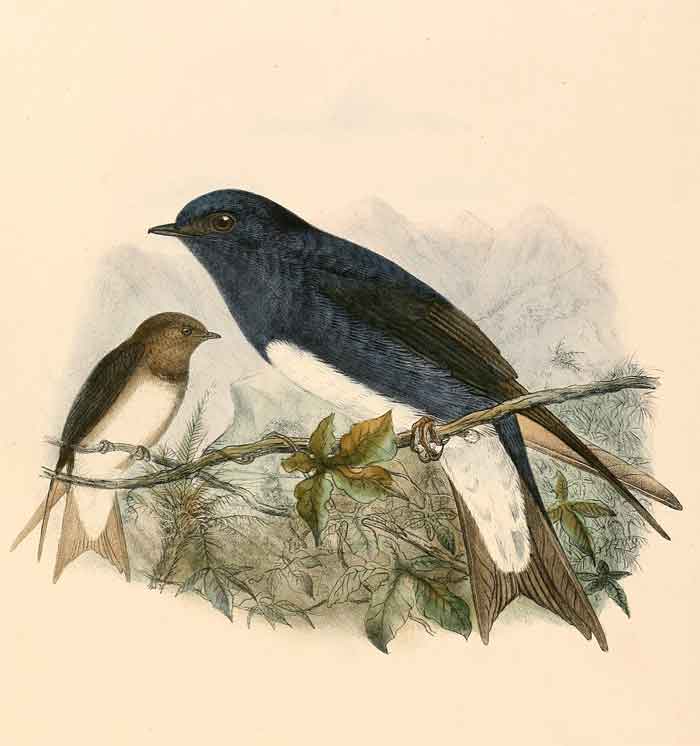
Superregnum: Eukaryota
Cladus: Unikonta
Cladus: Opisthokonta
Cladus: Holozoa
Regnum: Animalia
Subregnum: Eumetazoa
Cladus: Bilateria
Cladus: Nephrozoa
Superphylum: Deuterostomia
Phylum: Chordata
Subphylum: Vertebrata
Infraphylum: Gnathostomata
Megaclassis: Osteichthyes
Cladus: Sarcopterygii
Cladus: Rhipidistia
Cladus: Tetrapodomorpha
Cladus: Eotetrapodiformes
Cladus: Elpistostegalia
Superclassis: Tetrapoda
Cladus: Reptiliomorpha
Cladus: Amniota
Classis: Reptilia
Cladus: Eureptilia
Cladus: Romeriida
Subclassis: Diapsida
Cladus: Sauria
Infraclassis: Archosauromorpha
Cladus: Crurotarsi
Divisio: Archosauria
Cladus: Avemetatarsalia
Cladus: Ornithodira
Subtaxon: Dinosauromorpha
Cladus: Dinosauriformes
Cladus: Dracohors
Cladus: Dinosauria
Cladus: Saurischia
Cladus: Eusaurischia
Subordo: Theropoda
Cladus: Neotheropoda
Cladus: Averostra
Cladus: Tetanurae
Cladus: Avetheropoda
Cladus: Coelurosauria
Cladus: Tyrannoraptora
Cladus: Maniraptoromorpha
Cladus: Maniraptoriformes
Cladus: Maniraptora
Cladus: Pennaraptora
Cladus: Paraves
Cladus: Eumaniraptora
Cladus: Avialae
Infraclassis: Aves
Cladus: Avebrevicauda
Cladus: Pygostylia
Cladus: Ornithothoraces
Cladus: Ornithuromorpha
Cladus: Carinatae
Parvclassis: Neornithes
Cohors: Neognathae
Cladus: Neoaves
Cladus: Telluraves
Cladus: Australaves
Ordo: Passeriformes
Subordo: Passeri
Infraordo: Passerida
Superfamilia: Sylvioidea
Familia: Hirundinidae
Genus: Progne
Species: Progne dominicensis
Name
Progne dominicensis (Gmelin, 1789)
References
Systema Naturae 1 pt2 p. 1025
Vernacular names
English: Caribbean Martin
français: Hirondelle à ventre blanc
magyar: Karibi bíborfecske
The Caribbean martin or white-bellied martin (Progne dominicensis) is a large swallow.
It has at various times been considered alternatively as a race of the purple martin, Progne subis.
Taxonomy
In 1760 the French zoologist Mathurin Jacques Brisson included a description of the Caribbean martin in the second volume of his Ornithologie based on a specimen collected in the French colony of Saint-Domingue on the island of Hispaniola. He used the French name L'hirondelle de S. Dominigue and the Latin name Hirundo Dominicensis.[2] Although Brisson coined Latin names, these do not conform to the binomial system and are not recognised by the International Commission on Zoological Nomenclature.[3] The Caribbean martin was subsequently described by the French polymath, the Comte de Buffon, in 1779 and by the English ornithologist John Latham in 1783. Latham used the English name "St Dominico swallow" but neither Buffon nor Latham introduced a scientific name.[4][5][6]
The German naturalist Johann Friedrich Gmelin included the Caribbean martin when he revised and expanded Carl Linnaeus's Systema Naturae in 1789. He placed it with the swallows in the genus Hirundo and coined the binomial name Hirundo dominicensis.[7] The specific epithet dominicensis is from Santo Domingo.[8] The Caribbean martin is now one of nine species placed in the genus Progne that was introduced in 1826 by the German zoologist Friedrich Boie. The species is monotypic: no subspecies are recognised.[9]
Description
In Tobago
Adult Caribbean martins are 18.5 cm in length, with a forked tail and relatively broad wings, and weigh 40 g. Adult males are a glossy blue-black with contrasting white lower underparts. Females and juveniles are duller than the male, with grey-brown breast and flanks and white lower underparts.
Distribution
It breeds throughout the Caribbean, except on Cuba and Isla de la Juventud, where it is replaced by the related Cuban martin (P. cryptoleuca). It is closely related to the aforementioned species, as well as the Sinaloa martin (P. sinaloae) to which it used to be considered conspecific. There are sight records from mainland Central and South America, and most birds appear to migrate to the South American mainland. A single bird was recorded in Key West, Florida, on May 9, 1895 (AOU 2000).
Behaviour
The Caribbean martin nests in cavities in banks and buildings, or old woodpecker holes. 3-6 eggs are laid in the lined nest, and incubated for 15 days, with another 26-27 to fledging. Just as the purple martin, this species may compete with other passerines for nesting cavities. In particular, the main foe is the house sparrow [1] in urban areas, where they mostly use man-made structures, whereas in more rural locations Picidae holes in coconut trees are favored, and there is less competition with the sparrows.
Caribbean martins are gregarious birds which hunt for insects in flight. Their call is a gurgly chew-chew.
Flying in Tobago
References
BirdLife International (2016). "Progne dominicensis". IUCN Red List of Threatened Species. 2016: e.T22712104A94319815. doi:10.2305/IUCN.UK.2016-3.RLTS.T22712104A94319815.en. Retrieved 12 November 2021.
Brisson, Mathurin Jacques (1760). Ornithologie, ou, Méthode Contenant la Division des Oiseaux en Ordres, Sections, Genres, Especes & leurs Variétés (in French and Latin). Vol. 2. Paris: Jean-Baptiste Bauche. p. 493. The two stars (**) at the start of the section indicates that Brisson based his description on the examination of a specimen.
Allen, J.A. (1910). "Collation of Brisson's genera of birds with those of Linnaeus". Bulletin of the American Museum of Natural History. 28: 317–335.
Buffon, Georges-Louis Leclerc de (1779). "Le grand martinet noir à ventre blanc". Histoire Naturelle des Oiseaux (in French). Vol. 6. Paris: De l'Imprimerie Royale. pp. 669–670.
Buffon, Georges-Louis Leclerc de; Martinet, François-Nicolas; Daubenton, Edme-Louis; Daubenton, Louis-Jean-Marie (1765–1783). "Hirondelle d'Amérique". Planches Enluminées D'Histoire Naturelle. Vol. 6. Paris: De L'Imprimerie Royale. Plate 545, Fig. 1.
Latham, John (1783). A General Synopsis of Birds. Vol. 2, Part 2. London: Printed for Leigh and Sotheby. p. 573, No. 18.
Gmelin, Johann Friedrich (1789). Systema naturae per regna tria naturae : secundum classes, ordines, genera, species, cum characteribus, differentiis, synonymis, locis (in Latin). Vol. 1, Part 2 (13th ed.). Lipsiae [Leipzig]: Georg. Emanuel. Beer. p. 1025.
Jobling, James A. (2010). The Helm Dictionary of Scientific Bird Names. London: Christopher Helm. p. 138. ISBN 978-1-4081-2501-4.
Gill, Frank; Donsker, David; Rasmussen, Pamela, eds. (January 2023). "Swallows". IOC World Bird List Version 13.1. International Ornithologists' Union. Retrieved 21 May 2023.
American Ornithologists' Union (AOU) (2000): Forty-second supplement to the American Ornithologists' Union Check-list of North American Birds. Auk 117(3): 847–858. DOI: 10.1642/0004-8038(2000)117[0847:FSSTTA]2.0.CO;2
ffrench, Richard; O'Neill, John Patton & Eckelberry, Don R. (1991): A guide to the birds of Trinidad and Tobago (2nd edition). Comstock Publishing, Ithaca, N.Y.. ISBN 0-8014-9792-2
Hilty, Steven L. (2003): Birds of Venezuela. Christopher Helm, London. ISBN 0-7136-6418-5
Turner, Angela & Rose, Chris (1989): Swallows and martins: an identification guide and handbook. Houghton Mifflin. ISBN 0-395-51174-7
Retrieved from "http://en.wikipedia.org/"
All text is available under the terms of the GNU Free Documentation License

